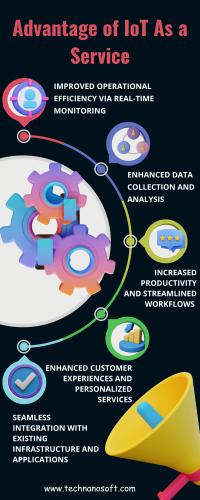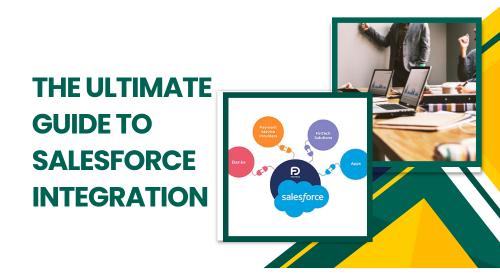IoT Based Real-Time Remote Patient Monitoring System

Introduction
Real-time remote patient monitoring (RPM) is a type of healthcare service that enables healthcare providers to remotely monitor patients' vital signs, such as heart rate, blood pressure, and oxygen saturation. The Internet of Things (IoT) has revolutionized the healthcare industry, making implementing remote patient monitoring systems easier.
IoT-based real-time remote patient monitoring system
The IoT-based solutions for health monitoring systems consist of the following components:
- Wearable Devices: These are small, lightweight devices that patients wear on their bodies and can monitor vital signs such as heart rate, blood pressure, temperature, and oxygen saturation. They are connected to the internet through Wi-Fi or cellular networks.
- Gateway: A gateway is a device that collects data from wearable devices and sends it to the cloud server. The gateway can be a smartphone, tablet, or dedicated device.
- Cloud Server: The cloud server is responsible for storing patient data, analyzing it, and making it available to healthcare providers. It can also send alerts to healthcare providers in case of critical readings.
- Healthcare Providers: Healthcare providers such as doctors, nurses, and other medical professionals can access patient data through a web application or mobile app.
How Remote IoT in Healthcare Works as follows:
- Patients wear wearable devices that monitor their vital signs.
- The wearable devices send data to the gateway, which collects and sends it to the cloud server.
- The cloud server stores the patient data and analyzes it using machine learning algorithms.
- Healthcare providers can access patient data through a web application or mobile app.
- If the patient's vital signs exceed a certain threshold, the cloud server alerts healthcare providers.
Benefits of remote patient monitoring devices
The IoT-based real-time remote patient monitoring system has several advantages:
- Improved Patient Outcomes: Medical monitoring devices can improve patient outcomes by enabling healthcare providers to detect early warning signs of health issues.
- Reduced Healthcare Costs: Most important benefit of remote patient monitoring can reduce healthcare costs by reducing hospitalizations and emergency room visits.
- Improved Patient Experience: Also remote patient monitoring devices can improve the patient experience by enabling patients to receive care in the comfort of their own homes.
- Increased Access to Healthcare: Remote health monitoring system can increase access to healthcare by enabling healthcare providers to monitor patients who live in remote areas remotely.
- Improved Healthcare Provider Efficiency: Remote patient monitoring can improve healthcare provider efficiency by allowing them to monitor multiple patients simultaneously.










Comments